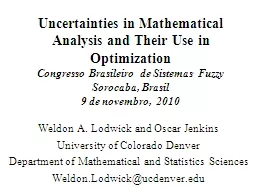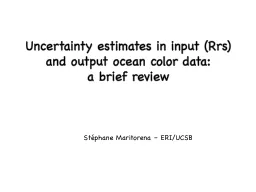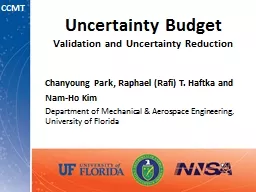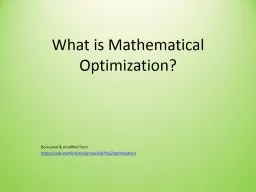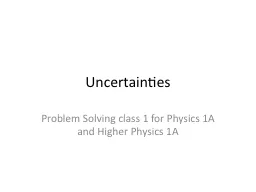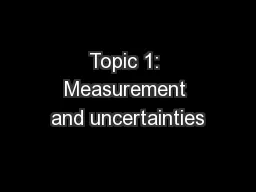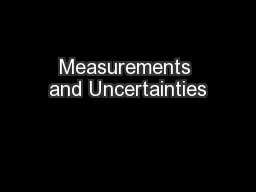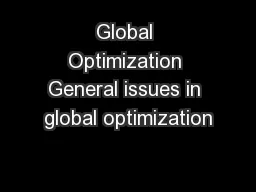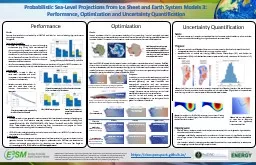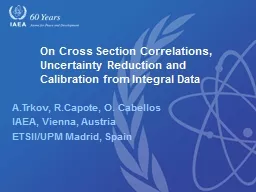PPT-Uncertainties in Mathematical Analysis and Their Use in Optimization
Author : test | Published Date : 2018-11-04
Congresso Brasileiro de Sistemas Fuzzy Sorocaba Brasil 9 de novembro 2010 Weldon A Lodwick and Oscar Jenkins University of Colorado Denver Department of Mathematical
Presentation Embed Code
Download Presentation
Download Presentation The PPT/PDF document "Uncertainties in Mathematical Analysis a..." is the property of its rightful owner. Permission is granted to download and print the materials on this website for personal, non-commercial use only, and to display it on your personal computer provided you do not modify the materials and that you retain all copyright notices contained in the materials. By downloading content from our website, you accept the terms of this agreement.
Uncertainties in Mathematical Analysis and Their Use in Optimization: Transcript
Download Rules Of Document
"Uncertainties in Mathematical Analysis and Their Use in Optimization"The content belongs to its owner. You may download and print it for personal use, without modification, and keep all copyright notices. By downloading, you agree to these terms.
Related Documents

